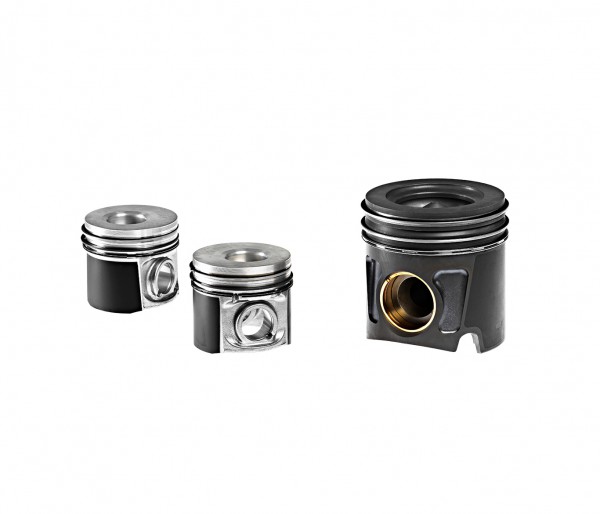Pistons and Piston Rings
DESCRIPTIONThe piston is the moving part, housed inside the cylinder and connected through the piston to the connecting rod, which acts as a true moving wall of the combustion chamber and which, with its movement, provides to retrieve the air-fuel mixture from the outside, to compress it, then to receive the pressure of the expanding gas and finally to expel the exhaust gases from the cylinder. It also leads the connecting small end rod and absorbs the lateral thrust caused by the inclination that during the crankshaft rotation, the connecting rod itself takes. Between the piston and the cylinder there is a small diametral clearance, which is essential to allow free movement of the piston itself and to allow the formation of an adequate oil film. The seal between these two components is ensured by some rings, one of which removes the oil from the barrel walls, that otherwise would end up in the combustion chamber. The pistons are cast from aluminum alloy and are obtained by gravity casting.The pistons used in racing and in some highly stressed engines are obtained by forging (hot stamping). The part of the piston summit is called head while the one below the housings for the bearings which provides to drive the piston within the cylinder liner takes the name of skirt. Many modern pistons have a very laterally flared skirt (in the areas of the connecting rod portal) in order to decrease the weight and to limit the friction against the liners. In many engine series the piston is of the type with controlled dilatation, with steel inserts (with low thermal expansion coefficient) melted in the aluminum alloy.
